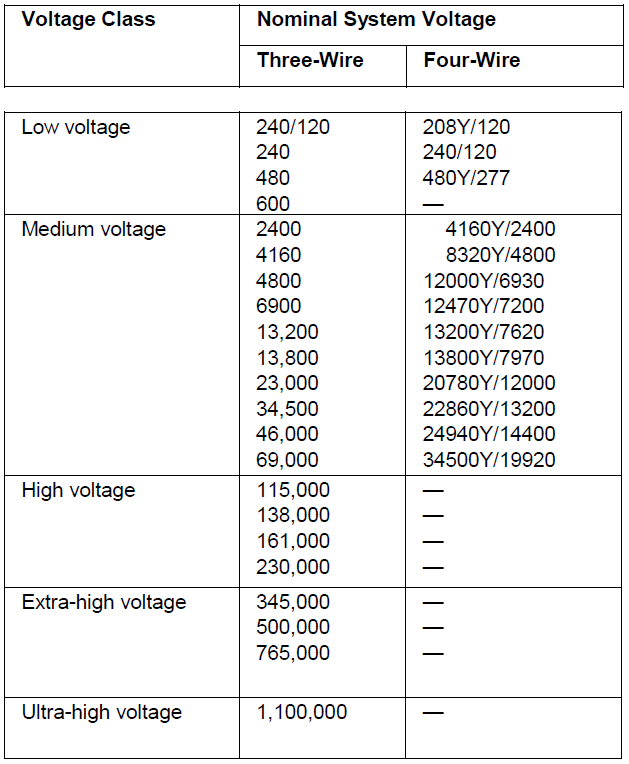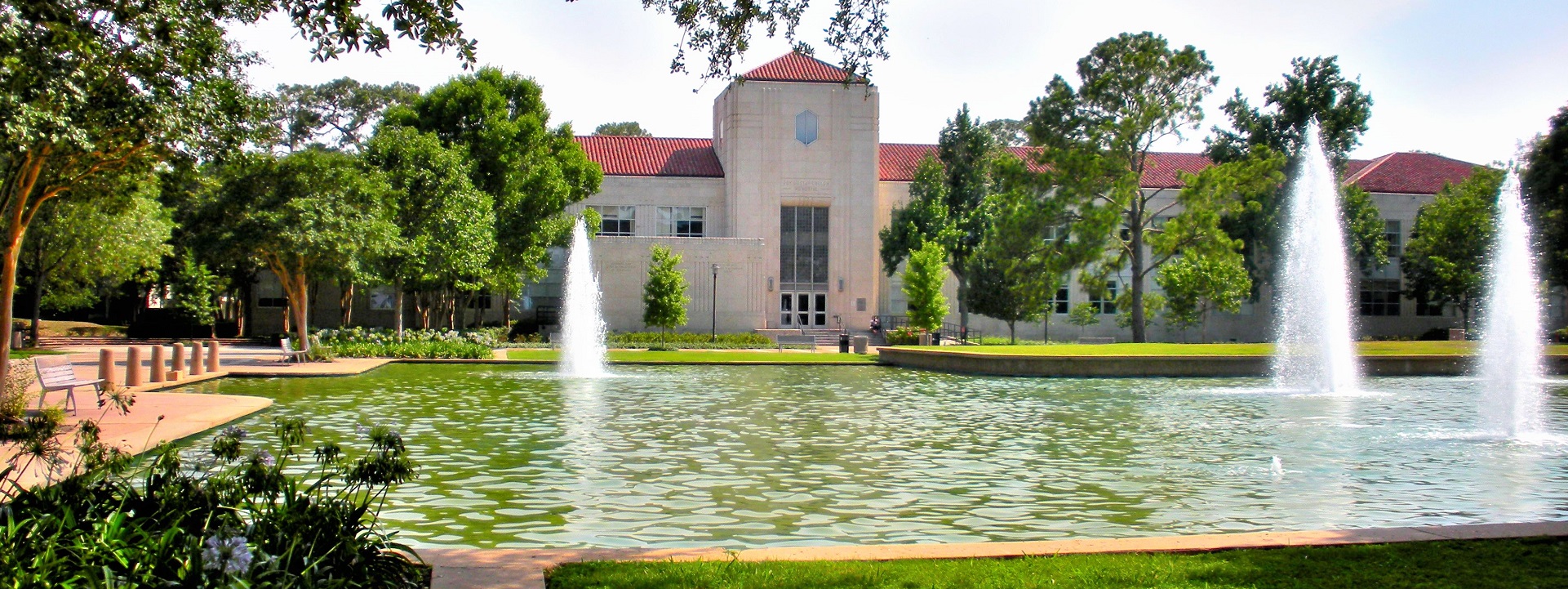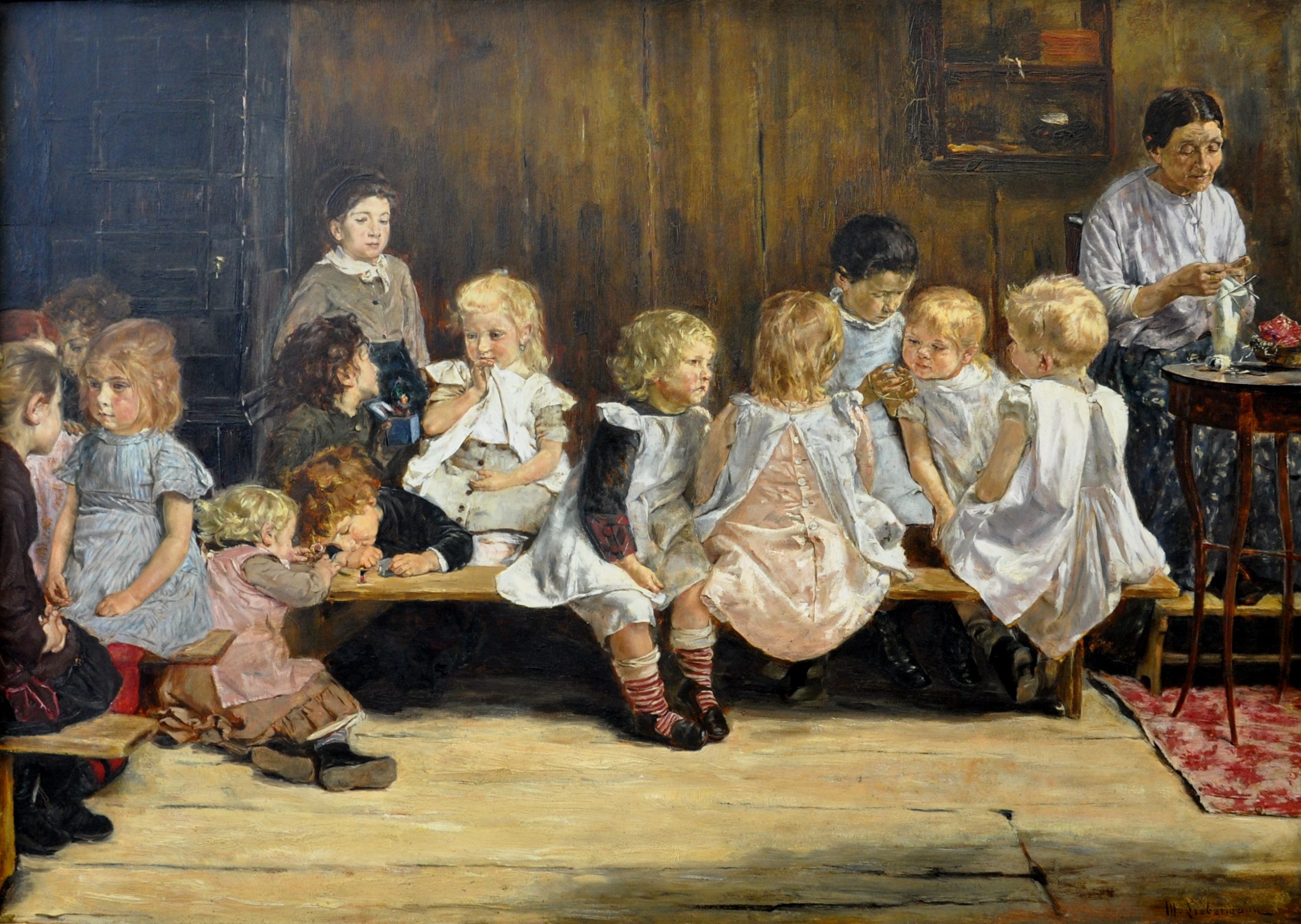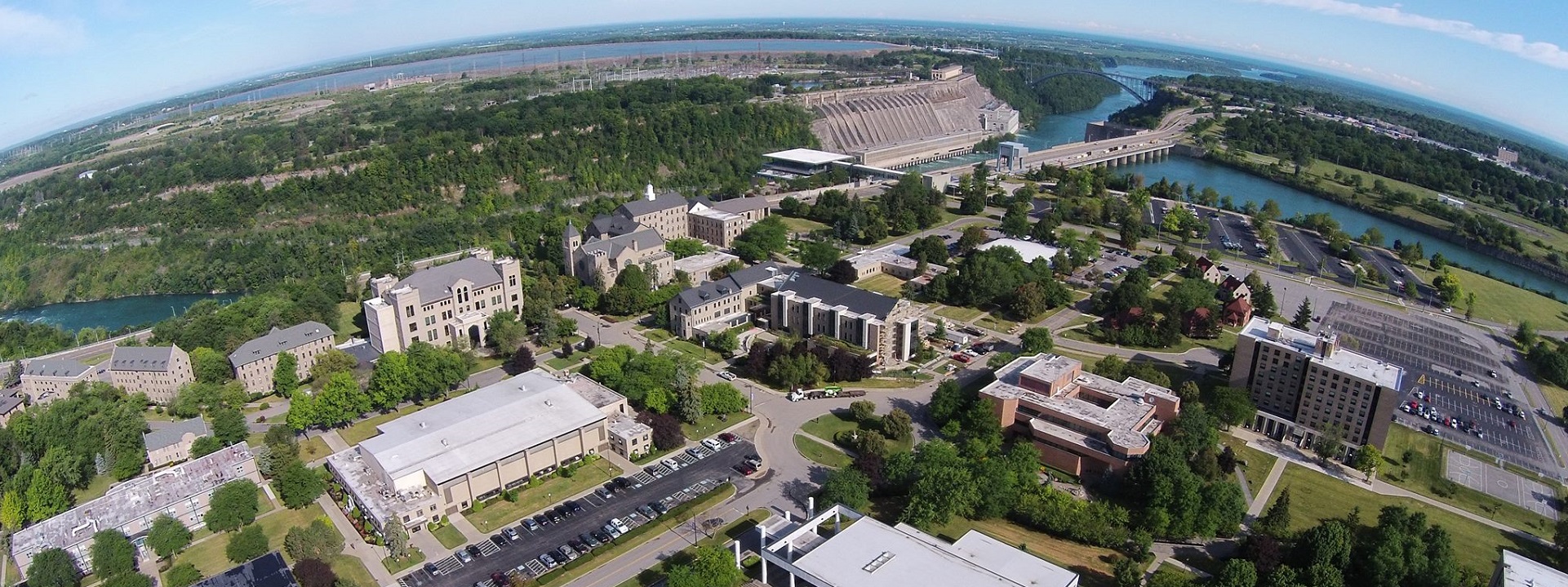Federal Power Act of 1920 Ω Public Utility Holding Company Act of 1935.
IEEE Education & Healthcare Facilities Committee Ω Current Issues and Recent Research
Representative Sample of Merchant Utility Interconnection Requirements for Customers
2023 National Electrical Code Article 490 Bibliography
Ahead of the April close date for comments on the Second Draft of the 2026 revision of the NEC we examine thought trends on the following:
- How does “high voltage” differ among electrotechnology professionals? Signaling and control systems workers have a much lower criteria than a merchant utility lineman than a campus bulk distribution engineer. In other words, “high voltage” is generally understood in practice and essential for worker safety. Labeling counts.
- What is the origin of the apparent “confusion’ about high voltage in the IEEE, IEC, NFPA and TIA electrical safety catalogs? Is the distinction functionally acceptable — i.e. a term of art understood well enough in practice?
- How can the 2026 NEC be improved for engineers, electricians and inspectors? There has been some considerable re-organization of low, medium and high voltage concepts in the 2023. It usually takes at least two NEC revision cycles for workable code to stabilize. Since education communities purchase and distribute higher voltage power on large campuses; how can power purchasing and customer distribution system best practice be improved?
This is plenty to talk about. Join us today at 15:00/16:00 UTC with the login credentials at the upper right of our home page.
IAEI Magazine: The Evolution of Electrical Services in the National Electrical Code®
What’s your favorite type of power line? Follow me for more tips on great questions to ask on first dates. pic.twitter.com/W1c9oFOeZt
— Simon Kuestenmacher (@simongerman600) November 9, 2024






































